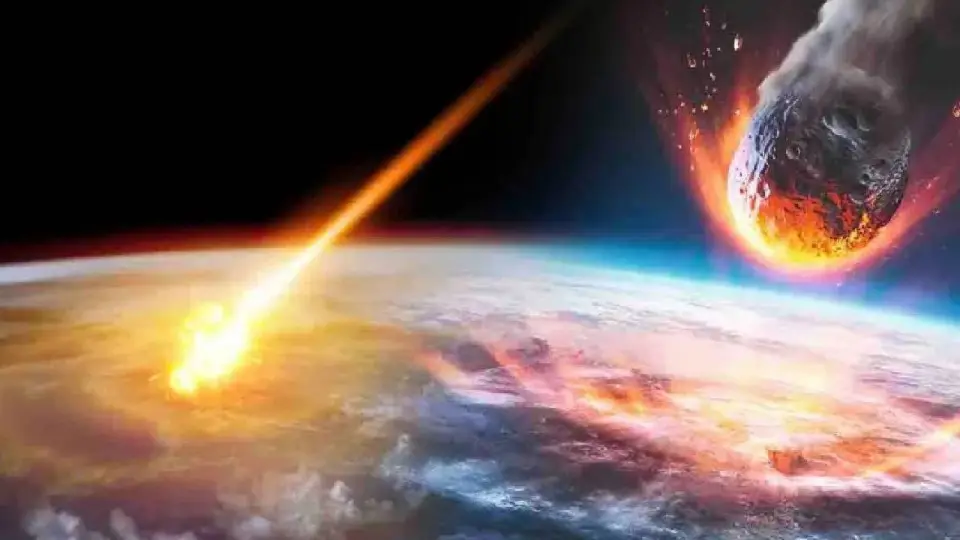
NASA Sounds Alarm
International News: NASA has confirmed that asteroid 2025 QV9 is traveling through space at an incredible speed of 10,319 miles per hour. The rock, as big as a small airplane, is not expected to hit Earth. Still, the very thought of a giant asteroid approaching naturally creates public fear. According to NASA experts, an asteroid is only considered dangerous if it comes within 7.4 million kilometers and is larger than 85 meters. QV9 does not meet these conditions. At 100 feet wide and 1.25 million miles away, scientists say it is safe.
Even though the asteroid poses no immediate risk, scientists keep a constant watch. The orbit of a space rock can change due to gravitational pulls. A small shift could redirect its path. This is why NASA, ESA, and other agencies track every close approach.
ISRO chief S. Somnath recently stated that India is also planning asteroid research. ISRO will study Apophis, a giant rock expected to pass close to Earth in 2029. Working with NASA, ESA, and JAXA, India hopes to join direct landing missions on asteroids. These missions will help scientists understand the structure and behavior of asteroids more closely. Such knowledge can play a role in designing future defense systems for Earth. India’s active role shows its commitment to being a key player in global space safety.
Scientists stress that asteroid 2025 QV9 is a reminder of how unpredictable space can be. The sky that looks calm can change at any moment. This is why global cooperation is critical to build stronger detection and defense systems against future threats. Past incidents like the Chelyabinsk meteor in Russia show that even smaller rocks can cause heavy damage. Continuous monitoring and research are the only tools humanity has against such risks. The asteroid’s flyby is a wake-up call that Earth must always stay prepared.
The news of QV9 has spread across the world, sparking curiosity among people. Social media is filled with discussions and questions about whether Earth could face danger someday. NASA’s alert has highlighted the importance of space science in our daily safety. Schools and science clubs are using this news to teach children about space rocks. TV debates and online forums are buzzing with experts explaining the risks and realities. This sudden interest proves that ordinary people want to know more about space and its mysteries.













Copyright © 2025 Top Indian News
